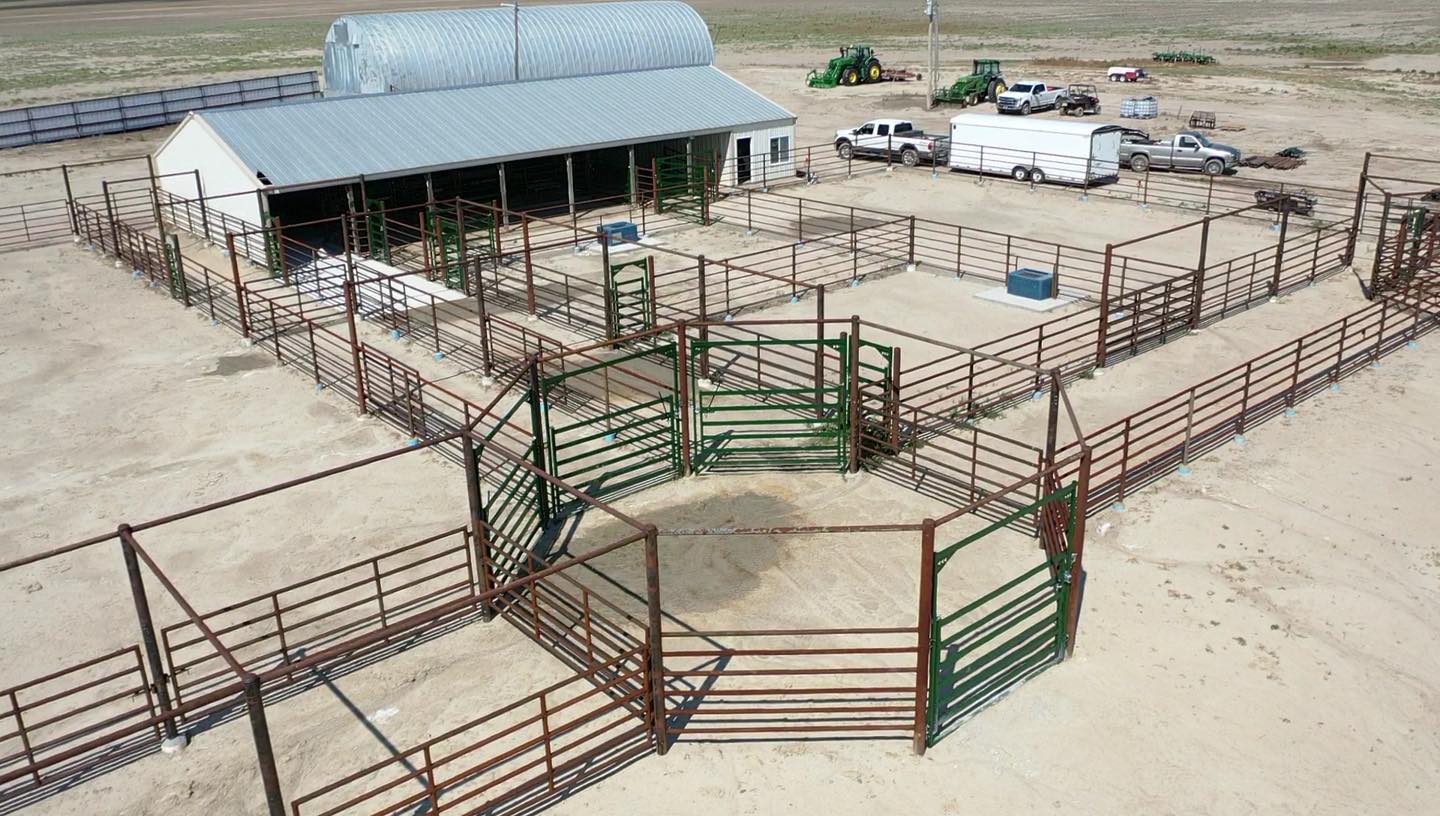
Mastering Metal: Tips and Tricks for Exceptional Welding Results Oct 18, 2025
Understanding your metal is one of the critical steps in welding. Different metals react differently under heat and pressure, so recognizing their properties and limitations is paramount. For instance, aluminum requires different settings than steel due to its softness and higher conductivity. Being familiar with the metal type helps in choosing the appropriate welding technique and avoiding common issues like warping or burn-through.
Once the metal has been identified, selecting the right equipment is crucial. The choice between MIG, TIG, or Stick welding largely depends on the task at hand. MIG welding is often preferred for projects requiring speed and efficiency, particularly on thicker materials. TIG welding, on the other hand, offers more control and precision, making it ideal for thinner materials and intricate work. Stick welding remains a versatile choice, well-suited for outdoor projects or those involving rusty or painted metals.
Preparation is another key to mastering welding. Ensuring the metal surfaces are clean enhances the quality of the weld. Oil, rust, and paint can contaminate the weld, leading to poor penetration and a weak joint. Using a wire brush or grinder to clean the surface can significantly improve the outcome. Additionally, setting up the work environment properly, ensuring good ventilation, and arranging tools efficiently can save time and reduce errors.
When it comes to technique, maintaining the right angle and distance is essential. Keeping the welding torch at a consistent angle and the appropriate distance from the workpiece can influence the weld bead's appearance and integrity. Similarly, controlling the speed of travel affects penetration and bead uniformity. Practice is crucial, as perfecting these basic movements supports a cleaner, stronger weld.
Heat control is another vital element, especially for metals prone to distortion. Understanding heat settings and adjusting them according to the thickness and type of metal helps in minimizing defects. For complex projects, designing a detailed welding plan can help anticipate how the workpiece will react to heat, enabling you to adjust your approach accordingly and avoid unnecessary surprises.
Finally, honing your inspection skills is the last, but certainly not the least, step in achieving exceptional welding results. Evaluating the weld regularly ensures it meets safety and quality standards. Look for uniformity in the weld bead, check for any signs of porosity, cracking, or undercutting, and test the weld's strength. Regular inspections not only assure quality but also help in identifying areas for improvement.
At Bullseye Services, our commitment to quality and excellence drives our pursuit of advanced and efficient welding solutions. By applying these welding tips and tricks, professionals and DIY enthusiasts alike can enhance their craftsmanship, achieving seamless results that meet both aesthetic and structural demands. Remember, mastering metal is not just about technical skills—it's about continuously learning and adapting to new techniques that ensure your projects not only meet but exceed industry standards.
/filters:no_upscale()/filters:format(webp)/media/a6590796-a17c-469d-a1e6-e9cba30e1503.jpeg)